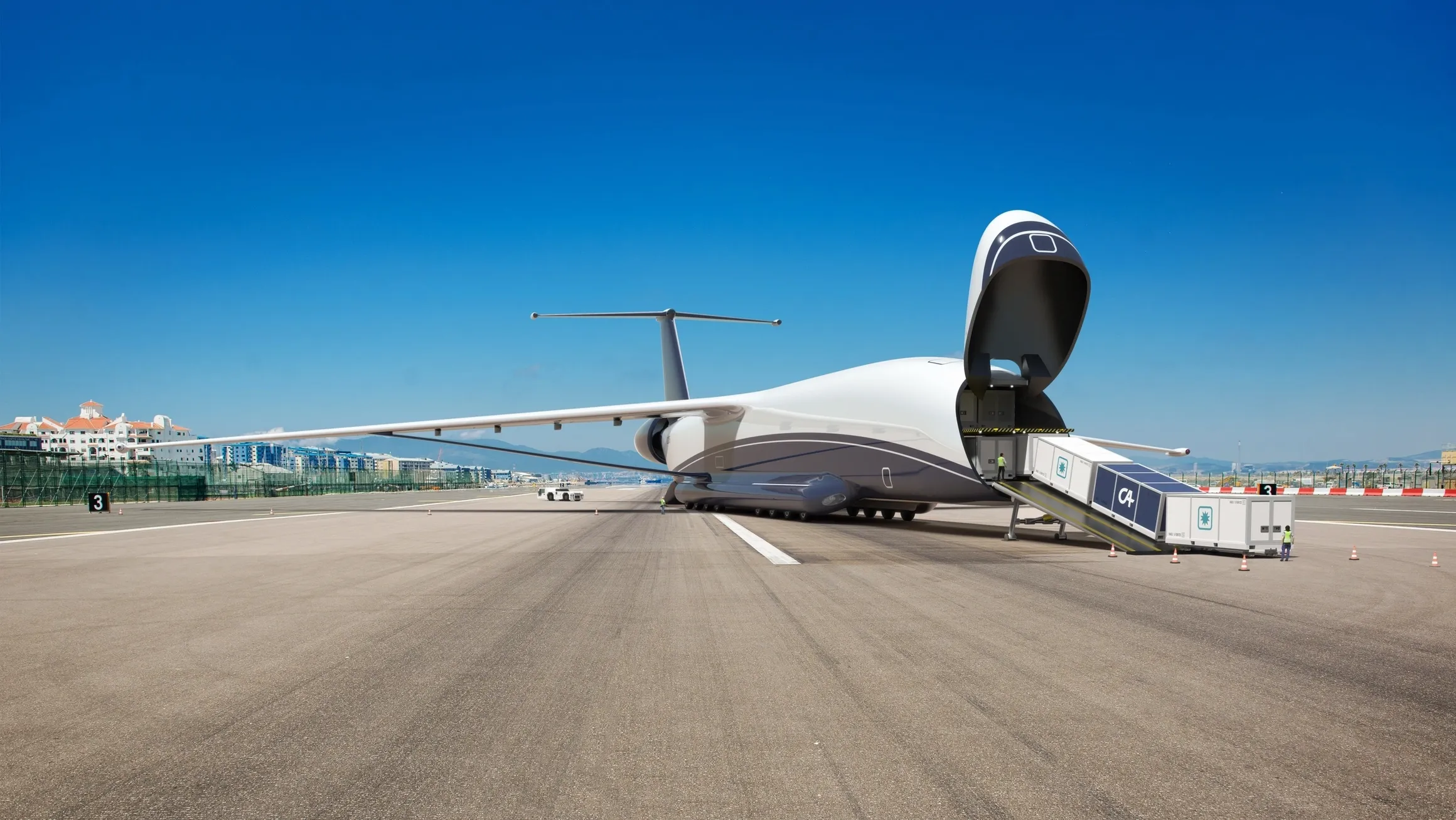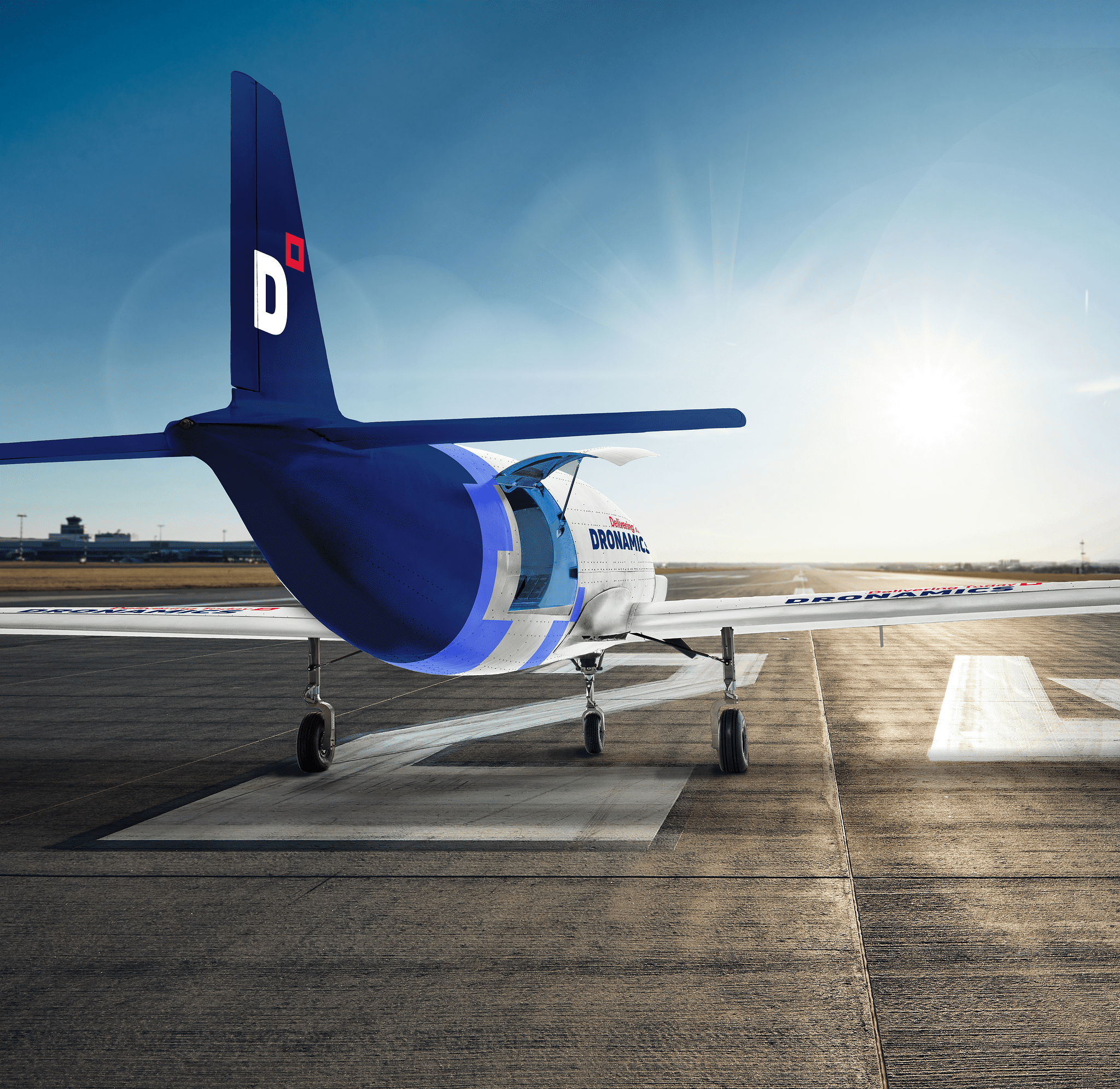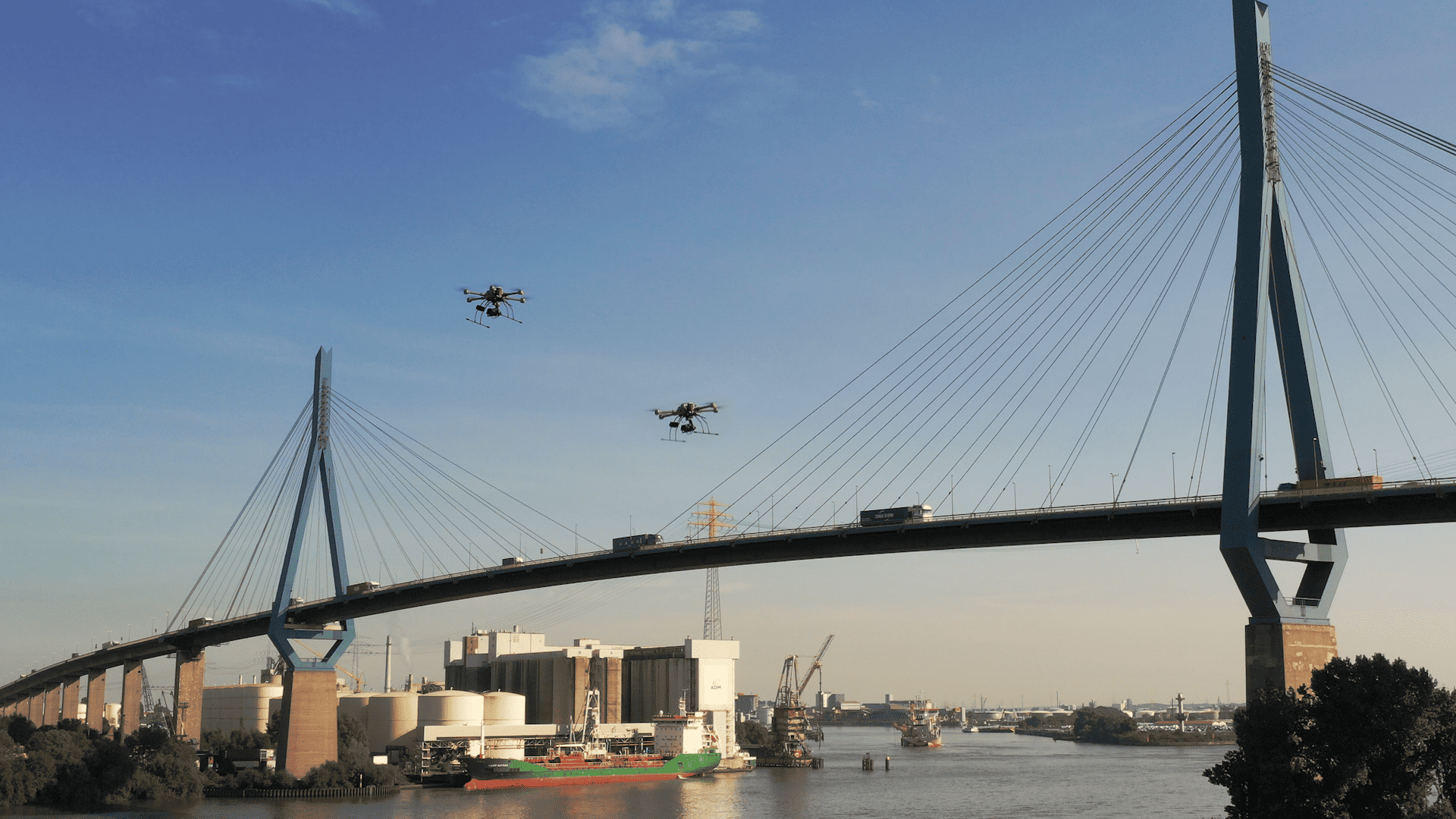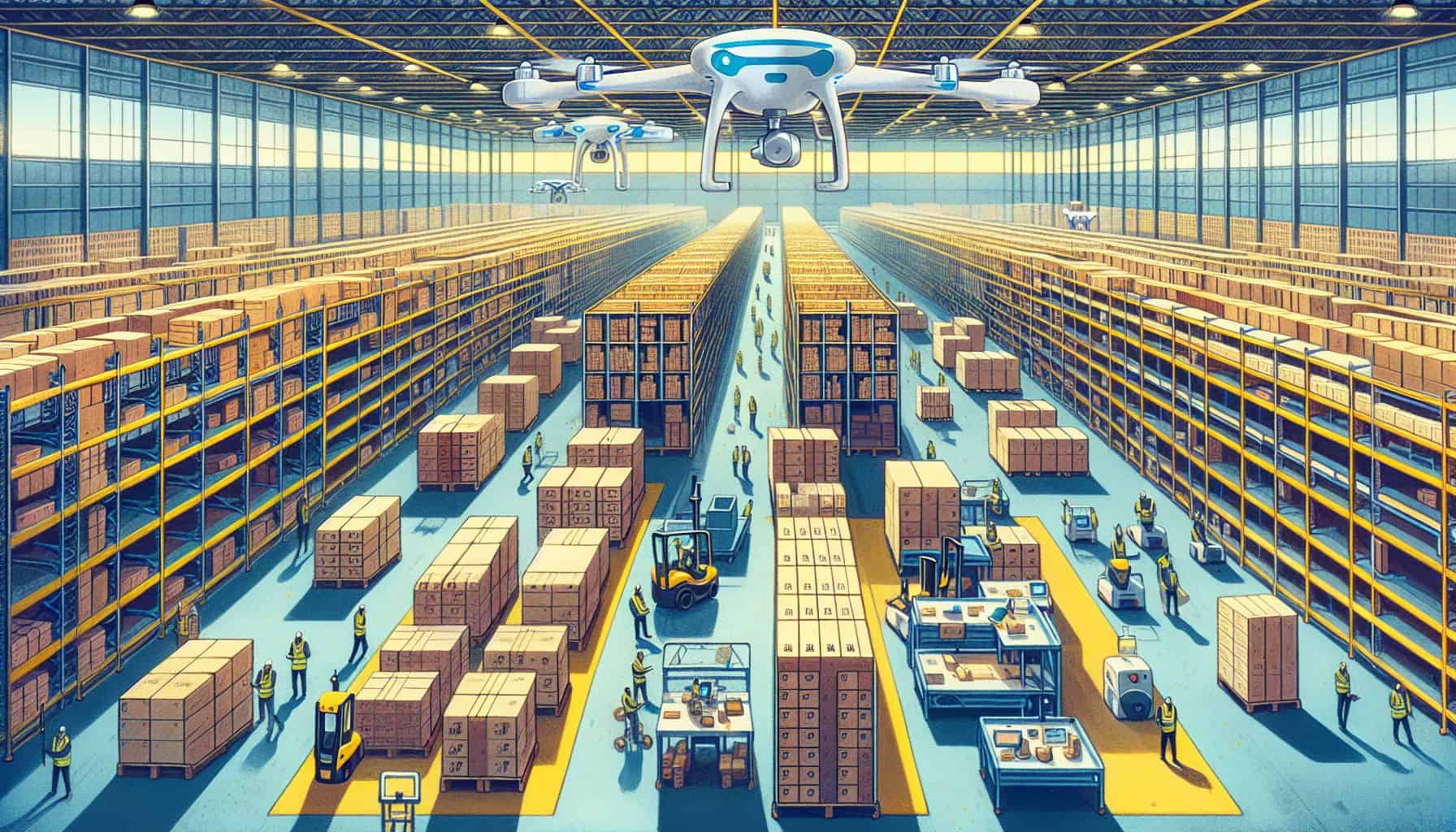
Droneliner, a British aviation company, is poised to transform the air freight industry with the introduction of their cargo-friendly aircraft, capable of hauling up to 350 tons of cargo. These unmanned aircraft, DL200 and DL350, are designed to accommodate standard shipping containers. With the absence of onboard crew, Droneliner anticipates a reduction in airfreight costs by more than 70%. This makes it a viable alternative to sea freight. The aircraft, powered by a hybrid system and compatible with Sustainable Aviation Fuel and Hydrogen fuel solutions, boast an impressive 6,500 nautical mile range and a 95% reduction in carbon emissions.
- Droneliner aims to use standard containers in unmanned aircraft, potentially revolutionizing air freight logistics.
- Infrastructure adaptation is crucial, with challenges in accommodating Droneliner’s unique design.
- This innovation promises cost-efficiency and rapid global transport, reshaping the future of air freight.
From concept to reality
While Droneliner’s concept is revolutionary, it’s important to note that it remains just that – a concept. As yet, no operational prototypes of the DL200 or DL350 have taken to the skies. The company’s ambitious plans involve substantial development and testing before these giant uncrewed aircraft can become a reality. The journey from blueprint to runway is a long one, filled with technical and regulatory challenges that need to be navigated.
One of the key considerations is the infrastructure required to support these colossal aircraft. Airports may need to adapt their facilities to accommodate the Droneliner’s wide-opening front and rear ends to allow for the easy loading and unloading of containers. Ground support equipment will also have to be re-engineered to handle Droneliner’s unique structural design. Despite these challenges, Droneliner is optimistic about their aircraft fitting seamlessly into the existing infrastructure due to their use of standard shipping containers.
Integration with existing infrastructure
The use of standard shipping containers is a significant factor in Droneliner’s strategy. By designing their aircraft to carry these ubiquitous containers, the company ensures a smooth integration with the existing freight and logistics infrastructure. This approach simplifies operations, as there is no need for special equipment or modification of the cargo. It’s a plug-and-play solution, saving both time and money.
Standard shipping containers are already a universal standard in sea and land freight. Their use in air freight could revolutionise the industry, making it more efficient and cost-effective. It could also help to streamline the logistics chain, as containers could be transferred directly from ships or lorries onto Droneliners, reducing handling costs and delivery times.
Future of air freight
Droneliner’s concept represents a vision of the future where air freight could become as economical as sea freight without sacrificing speed. This could have significant implications for industries reliant on rapid, global transport, such as pharmaceuticals, automotive, and electronics. The potential for same-day or next-day intercontinental delivery could redefine our expectations of logistics and supply chain management.

Furthermore, the Droneliner’s adaptability extends beyond conventional freight purposes. The aircraft’s design allows for potential use in military airdrop, disaster relief, and unmanned delivery of emergency aid and supplies. This versatility adds another dimension to its value proposition.
While the path ahead for Droneliner is filled with challenges and uncertainties, the potential rewards are immense. If successful, the Droneliner could herald a new era in air freight, transforming the way we think about global logistics and supply chain management.








